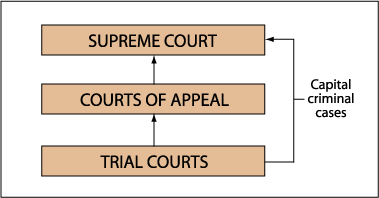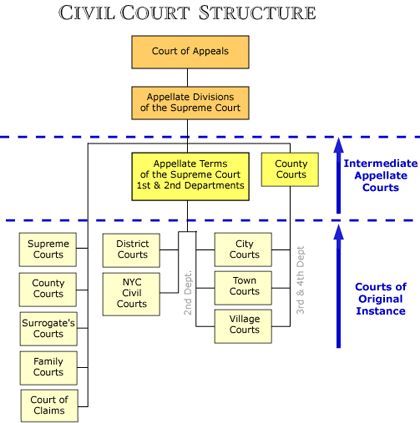Had a student asking about the three column method. So here’s a quick redux.
You start by picking a past FLYSX or CBX question on Calbar’s website that has answers. You then write the essay, or, if really pressed for time, outline the essay. Afterwards, you make three columns: “Answer A”, “Answer B”, and “My Answer”. You can handwrite or type it. I’ve even seen people do it in a spreadsheet.
Then, in each of the columns you start writing the headings you see in each essay. You can make notes about anything significant you see in their analysis as well. Try to line up matching issues and leave blank space for different or missing issues. This allows you to see if you’re catching all the issues that the passing answers did. Additionally, you can check to see if your analysis is as robust as theirs.
Here’s a quick example using the February 2020 CBX Question 3
Passing Answers:
February-2020-Essay-Selected-Answers
My Answer:
3 Column Document:
For the most part, my answer has the same headings. There are some differences, but they’re minor. This is to be expected given my familiarity with the subject matter. Your three column attempts should be more detailed than this, since it’s a learning tool for you. For many students, they often find that this exercise shows them what issues they’re missing, or analysis that might be a little thin.
Answer A and I fully IRACed Consideration. Let’s look at the way we both did it.
(2) Consideration
Consideration is necessary for there to be a valid contract. Typically, a showing of consideration is done by facts evidencing the parties have obtained a legal benefit or detriment through the contract. Some states, however, only look to legal detriment. In either regime, the consideration requirement is satisfied here: Barn’s legal detriment is having to pay $75,000 when the work is completed; meanwhile, S’s detriment is having to do the work.
Consideration
The bargained for exchanged that imposes a legal detriment on the promisee. Typically in a bilateral contract, both parties.
Here Barn is to receive a painted lobby, a benefit, and is to pay $75,000, a detriment. Likewise Sam is to receive $75,000, a benefit, and has to paint the lobby, a detriment. Both parties have been induced to incur a detriment as a result of the bargained for exchange.
There is valid consideration.
Remember: follow the barbri outline’s “Approach to Exams” format for the overall structure of your essay and to IRAC each individual issue.




